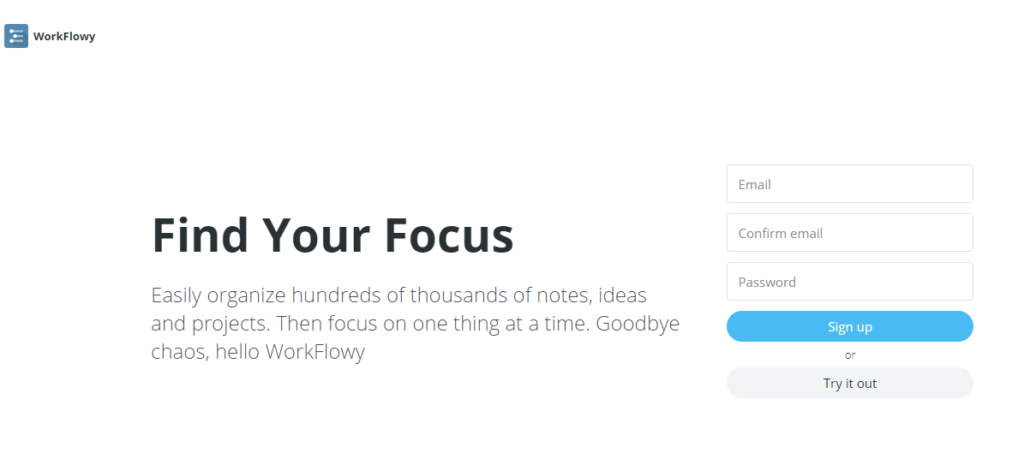You want to write consistently. But life happens. Perhaps you’re running your own small business or managing content for a business blog. You know writing blog posts are important but you have a million other tasks to get to.
I feel you.
I write for a living, so I write every day. But in the past, I struggled to maintain a consistent schedule for my own blog.
It was always the same pattern. I’d get into a rhythm, and then there’d be a sudden deadline or some type of urgent matter (below footage of me on dealdine) I needed to take care of.
The thing with writing for yourself or your business blog is this- you know it’s important but it’s not urgent.
So it falls off the radar as the pressing stuff takes over.
Luckily, there’s a way out. And it’s an easy one, too.
If you spend just 30 minutes a day, you can get into the habit of business blogging. There’s tons you can learn online, and I’ll link to resources that helped me along the way.
Prepare your life for weekly blog habit
So, here’s the thing. There’s a slight caveat with our 30-minute allocation. The initial outlay is going to require a bigger commitment. But it’s all worth it, I promise.
First, you have to start building your bank of ideas. This doesn’t have to be hard or time-consuming. Allocate 90 minutes, and try the following tactics:
Think of common customer questions
Check Google Trends and Google News to generate content ideas.
Feedly is a great resource too – it’s a central portal for all your
Co-schedule starts with a simple tip for brainstorming. Take ten minutes to write down all your ideas.
Content Calendar
Now that you’ve got your ideas, get a content calendar and plot you posts for the month. Think about, that’s just four posts. You can as many on here as you’d like.
Write What you Know
So here’s the thing. When I started blogging in 2017, I wrote about all sorts of things. Topics I had actual experience in like crisis communications, and stuff I was just interested in like Blockchain-powered social networks. I was all over the place, and it came through in my writing.
Now, I think the sweet spot is a topic you know about and an area where you can offer a unique perspective gained through your own experience. When you motivate or juxtapose your anecdotes with research or industry trends, it’s powerful.
Entrepreneur Gary Vaynerchuk summed it up in a recent post on LinkedIn. Vaynerchuk was referring to presentations, but I think his advice is relevant for anything you put out.
But the best thing, especially at the start, is to write about what you know. And when you have limited time and you’re getting started with your blogging habit, remove any obstacles to progress.
What’s the Point of Your Post?
Before you start writing, decide on the goal of your post.
And this is two-fold.
- What’s the goal for your reader? Do you want them to leave with a new skill? A different perspective? How’s the article going to transform your reader?
- Then consider your personal goal. Do you want to increase your credibility? Are you providing analysis on a recent industry development to position yourself as a thought leader?
Leave these two lines at the top of your article.
Save Hours With an Outline
Before you even write your byline, outline your entire post. I learned about Workflowy during a

Make Your Business Blog a Daily Habit
Have you ever read a book or watched a talk that totally changed your life?
I discovered James Clear last year, while I was trying to navigate the murky feast/famine freelance waters. (That’s a post for a different day.)
Clear’s line is simple: instead of setting goals, focus on habits. The video below details how he stuck to his blogging schedule, eventually growing his subscriber to 400 000 subscribers.
The steps he followed didn’t require marathon writing sessions. Clear just decided he’d sit down to write blog posts twice a week.
You can apply Clear’s advice like this, consider breaking your post down into small sections.
On the Enchanted Marketing blog, Henneke Duistermaat, shares a practical blog writing prcess you may be able to adapt:
- Day 1 – pick a topic and write a working title
- Day 2 – Outline content
- Day 3 – write a first draft
- Day 4 – edit your draft
- Day 5 – format in your CMS
Write First, Edit Later
Don’t be tempted to edit as you go. I used to do this and I’d take so long to even get a complete first draft, and I’d still edit that one anyway, too.
Deciding to write without editing was liberating, but difficult. Suddenly, it was impossible to find even basic words.
But I was encouraged when I discovered even legendary writers like William Zinnser have unimpressive first drafts:
“A clear sentence is no accident. Very few sentences come out right the first time, or even the third time… If you find that writing is hard, it’s because it is hard.”
And like Ernest Hemingway (allegedly) said: “The first draft of anything is s***.”
Pretend You’re in a Newsroom
I spent nine years working in the newsroom, and five of those were at a daily newspaper. I couldn’t wait to be inspired or motivated to write. I wrote every day because that was my job.
When I wanted to cement a better blogging habit for myself, I put myself back in the newsroom and gave myself deadlines. It wasn’t and I battled to get back into the daily reporter mindset.
Now before I go on, there’s some research on deadlines. They can deliver brilliant results, up to point. Then things start to fall apart spectacularly.
In this Fast Company piece, Timothy Pychyl of Carleton University, explains why self-imposed deadlines can fail:
Procrastinators may need the tension of a looming deadline to get motivated, but when that deadline is self-imposed its authority is corrupted and the motivation never materializes.
Researchers in the article
Here’s the thing, we may never miss external deadlines because the consequences are real. You’ll lose a client, your presentation won’t be ready for the meeting, your event will fail.
But I think failing to take time out for business blogging or creating content to market yourself and your business, is just as dangerous. You could be missing out on incredible new opportunities for growth and meaningful connection.
Credits: Gif via Giphy
